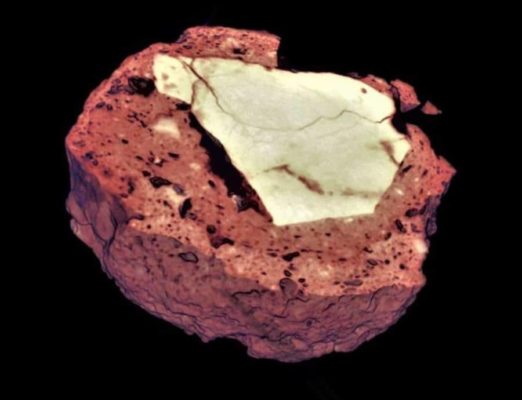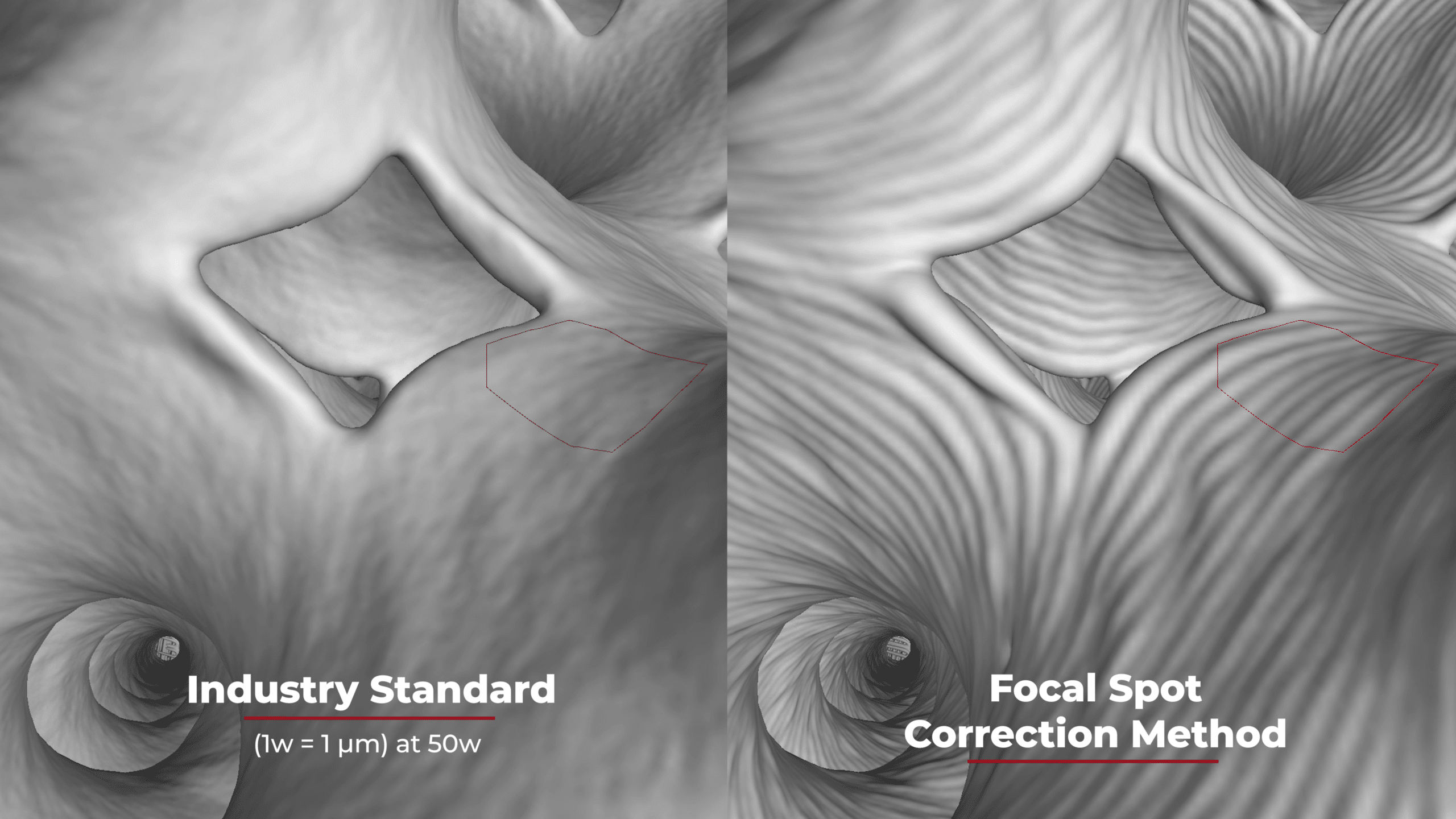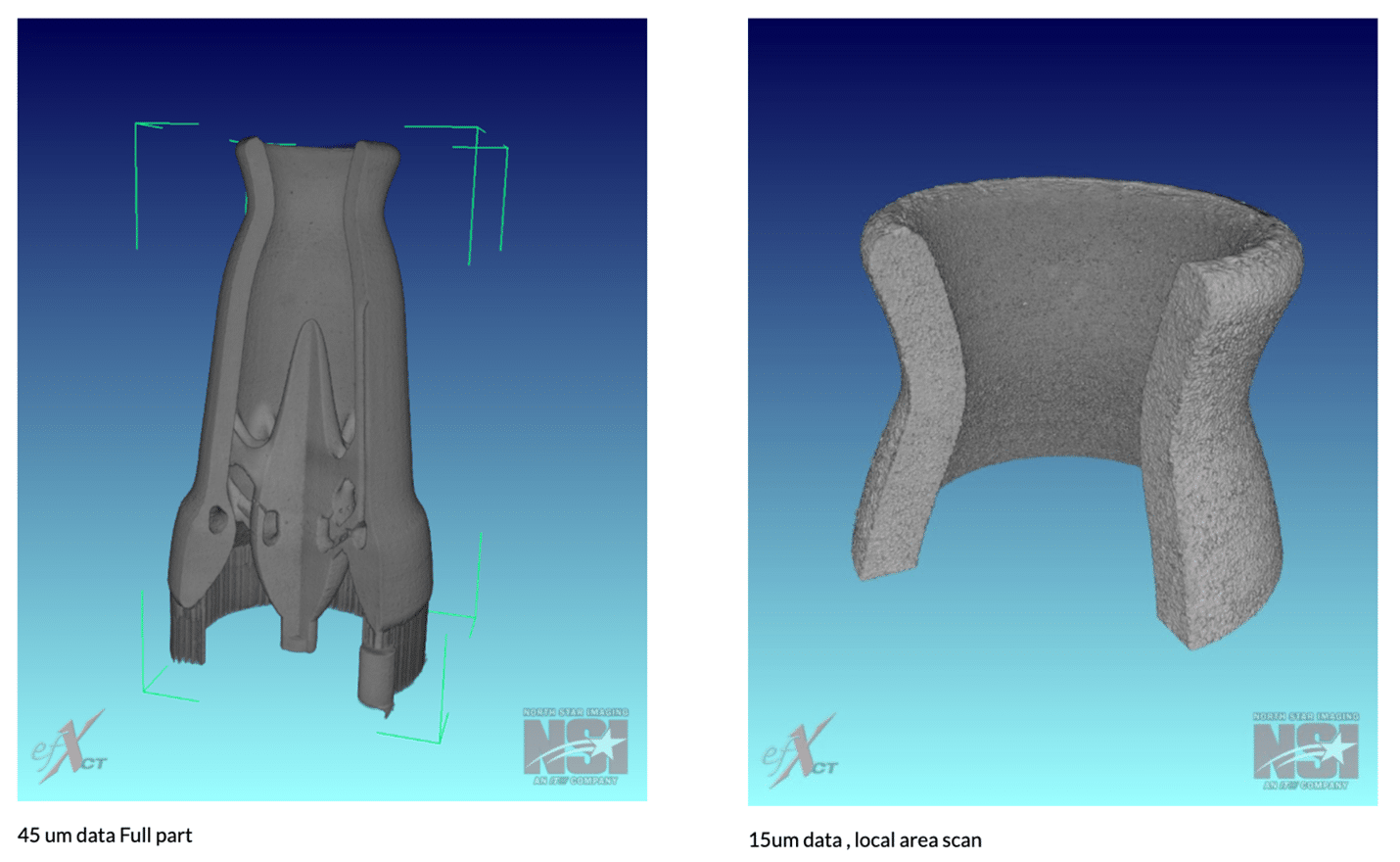Preliminary Observations of the First MeV-Class xCT Scan of a Newly-erupted Pyroclastic Rock from Hunga Tonga Hunga Ha’apai (HTHH) in Tonga
Author:
Dr. James B. Garvin (Chief Scientist, NASA GSFC) & Dr. Justin Jones (NDE Lead, NASA GSFC)
Summary:
A newly formed and emplaced pyroclastic volcanic rock about ~30 cm in diameter from the newly-erupted (and formed) island of Hunga Tonga Hunga Ha’apai (HTHH) in the Kingdom of Tonga [Garvin et al., 2018] was analyzed using volumetric 3D interior imaging methods by North Star Imaging (NSI)’s 6 MeV x-ray Computed Tomography (xCT) system for the purpose of evaluating the assembly history of this dense type of rock. The HTHH pyroclastic sample was acquired by NASA as part of a NASA/Sea Education Assn. (SEA) field expedition to HTHH in October 2019 via the SSV Robert S. Seamans, funded in part by NASA’s RRNES program for rapid response to new Earth events and NASA’s Mars Exploration Program. The MeV xCT (MCT) scan of the pyroclastic rock sample revealed distinctive patterns within its interior consistent with a multi-phase formation and emplacement history that would otherwise not have been possible to decipher without multiple rock-saw-based “slices” through a multi-layered specimen with wildly contrasting densities (and associated mineral assemblages). The MCT results bode well for analyzing a new generation of samples from the Moon, small bodies, and Mars as they are returned to Earth within the upcoming decade or so. Further, they illuminate the potential of in space xCT as part of future human exploration [Garvin & Jones, 2020] and robotic science investigations at key destinations in deep space (Moon, Mars).
Download the Full Whitepaper
Fill out the short form below to continue reading.



